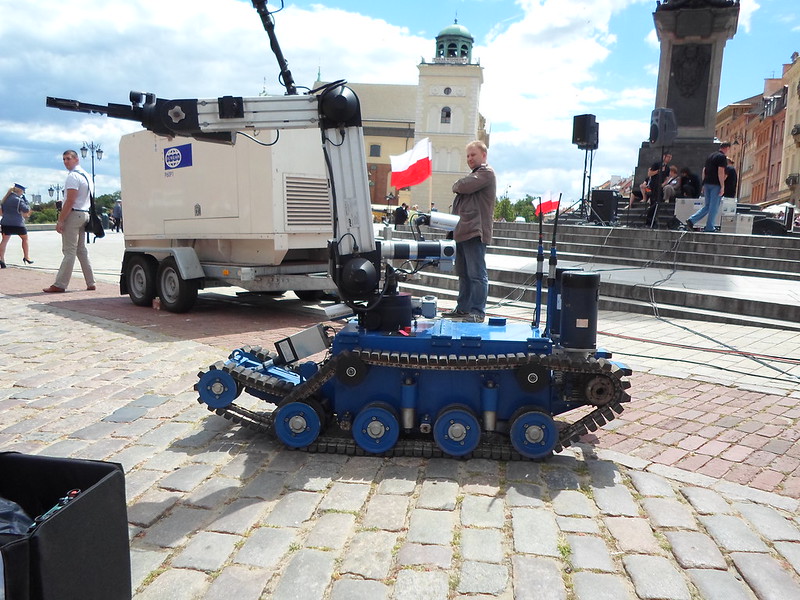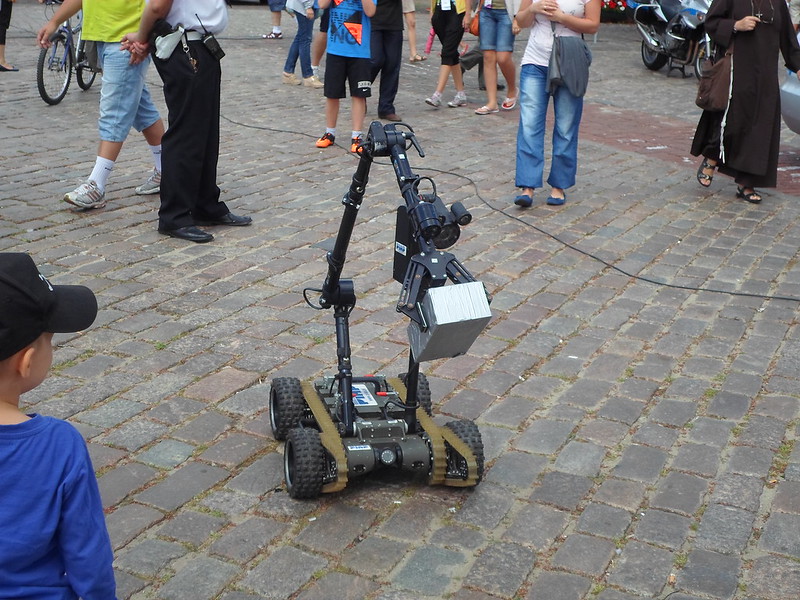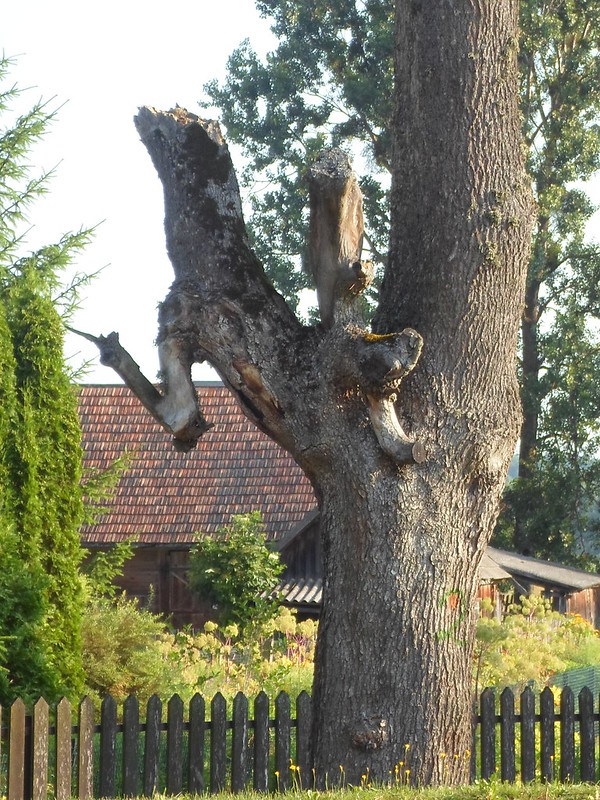
Members of the Institute of Physics have received an email letter from Beth Taylor, Director of Communications and International Relations, Institute of Physics, about the run up to the UK government’s spending review. I have reproduced the letter below with the permission from the Institute of physics.
The letter
Dear Member,
In the lead-up to the Government’s spending review, due to be announced on 26 June, IOP has been working along with many other organisations to support the case for increased investment in science and innovation.
Among other initiatives, we have produced a series of case studies which demonstrate the value of our research to the UK economy, showing how breakthroughs come to impact on our daily lives. Physics: Transforming Lives was launched at a reception at the House of Commons on 6 June, and is available from our website.
IOP has also responded to a consultation on the spending review from the Department for Business, Innovation and Skills, urging the government to commit to increased investment in science and innovation as a proven source of economic growth.
We welcome the emphasis placed by the Chancellor in recent statements on the importance of investment in science, and believe this government does recognise the return it offers. As many of our competitors continue to increase research funding, the UK needs a science and research budget that grows in real terms, and that balances support between curiosity-driven research and investment in innovation, if we are to retain our strength in research and promote growth in science and technology-based businesses.
Institute members can support us in getting this message across via their MPs –by writing to them directly or attending a constituency surgery – either requesting their support for science before the spending review, or asking them to react to it afterwards.
Yours sincerely,
Beth Taylor
Director of Communications and International Relations,
Institute of Physics
For non-members
Even if you are not a member of the Institute of Physics you too can still join in the effort to support British science. Write to your MP to make sure they get the message; Science is vital to our nation.





















